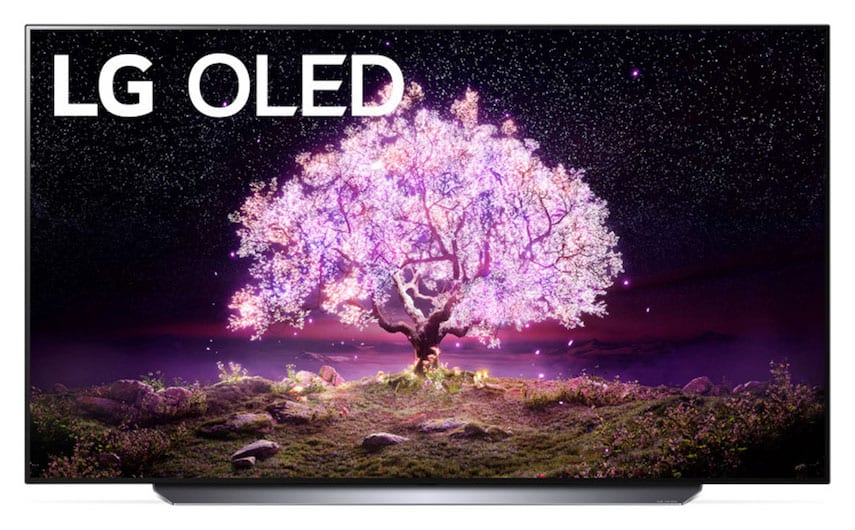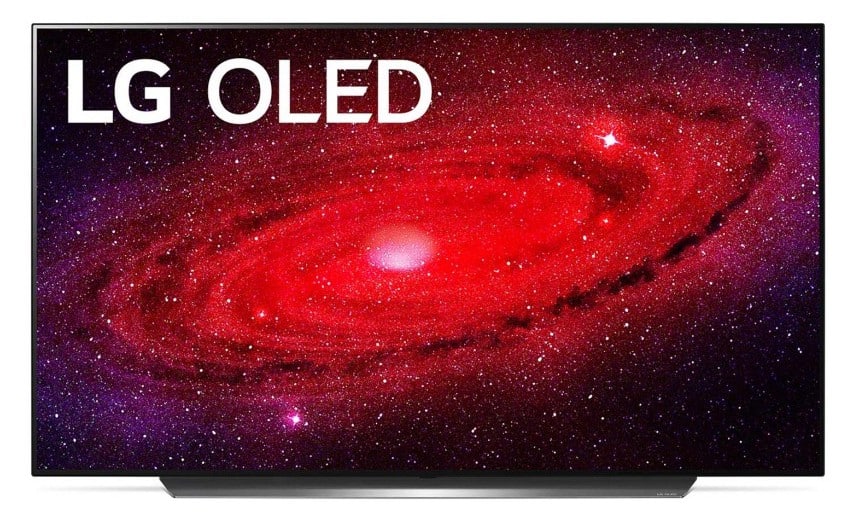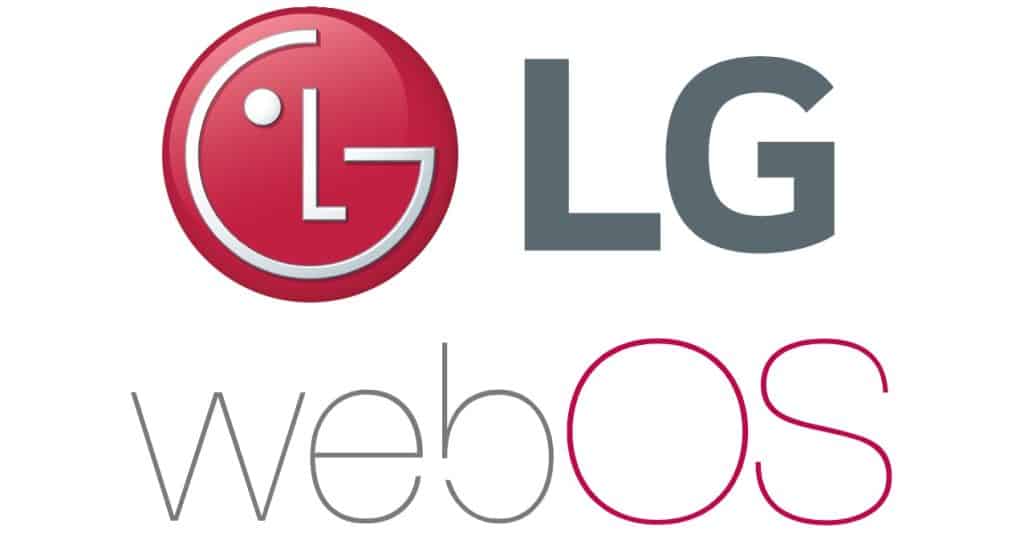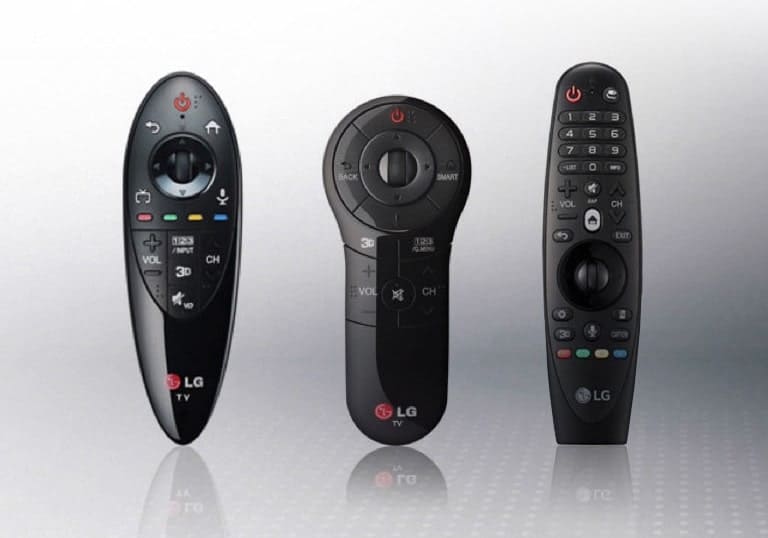Advertised as CX’s successor, the LG C1 has many similar characteristics in an almost identically designed package. Despite this, the two models have certain unique features and benefits. If you’re choosing between these two models, this in-depth LG C1 vs CX comparison page will help you decide which model is more suitable for you.
LG C1 vs CX – Quick Comparison
LG C1

The LG C1 might not seem like a huge step forward compared to the CX, but the company has done a great job improving several features and introducing several improvements. Here are LG C1’s most significant pros and cons:
Pros:
- Infinite contrast ratio
- Dolby Vision, HDR10, HLG
- Advanced α9 Gen4 AI processor
- Beautiful and in-depth colors
Cons:
- No HDR10+
- Lackluster peak brightness
LG CX

The LG CX is one of the best Smart TVs to come out in 2020. This TV delivers phenomenal cinematic performance and equally excels with respect to mixed usage. Let’s take a closer look at some of CX’s most prominent advantages and disadvantages:
Pros:
- Infinite contrast ratio
- Dolby Vision, HDR10, HLG
- Excellent gaming features
- Great price for an OLED TV of its capabilities
Cons:
- No HDR10+
- Lackluster peak brightness
Features Face to Face
Panel Technology
The LG C1 and the LG CX both use OLED (Organic LED) panel technology. These displays are made from organic compounds, primarily carbon. OLED panels use a flat light emitting technology with a series of thin organic films between two-panel conductors. Each OLED pixel on the screen creates light.
The most important performance features of OLED panel technology include deeper blacks, no blooming around bright objects and less brightness than traditional LED screens; this is beneficial when watching content in a dark setting. Additionally, OLED panels provide the best contrast ratio performance of any other display type.
Image Processor
The two TVs use the same type of Advanced α9 AI processor. That said, the C1 uses a newer Advanced α9 Gen4 AI processor, while the CX comes with the Advanced α9 Gen3 AI processor.

Considering this, the C1’s image processor is slightly more capable of recognizing content, removing noise, and optimizing the overall picture quality. The extensive capabilities of the Gen4 processor are best seen in higher-end 8K processors than in a 4K TV like the C1.
Motion Technology
The two TVs deliver near-instantaneous times not many TVs can keep up with. The CX’s 100% response time is just over 1.5 milliseconds, while the C1’s response time is just over two milliseconds. These values are significantly below the 10-millisecond mark, considered the cut-off line between good and exceptional response times. You still may notice some motion blur at times at a higher refresh rate, but not to a significant extent.
Picture Quality
In terms of overall picture quality, the C1 and the CX are entirely identical. Here’s a detailed rundown of all of the supported resolutions you can expect from each model:
| Resolution | LG C1 | LG CX |
|---|---|---|
| 4K/120Hz | Yes | Yes (Only in Game Mode) |
| 4K/60Hz/4:4:4 | Yes | Yes |
| 4K/60Hz | Yes | Yes |
| 1440p/120Hz | Yes (Native Support) | Yes (Native Support) |
| 1440p/60Hz | Yes | Yes |
| 1080p/120Hz | Yes (Native Support) | Yes (Native Support) |
| 1080p/60Hz/4:4:4 | Yes | Yes |
Although the two models don’t have any significant dissimilarities in supported resolutions, the CX sometimes struggles to display 4K at 120Hz outside Game Mode. That said, to get a full-bandwidth signal from the C1 or the CX, you can enable the DMI Deep Color feature available in both models.
Contrast Ratio / Black Level
Like all LG OLED TVs, the C1 and the CX deliver a near-infinite contrast ratio. They can produce perfect, deep blacks and are equally capable of providing a superb viewing experience when watching content in a dark room. This is thanks to their ability to turn off individual pixels. We’ll discuss more on that in the next section.
Local Dimming
Due to the unique OLED panel technology, these two TVs don’t have a backlight. In other words, there’s no local dimming feature. Instead, the C1 and CX can adjust the brightness of each individual pixel. This allows for excellent brightness control, so bright objects and subtitles are displayed without visible blooming.
Peak Brightness
Although OLED technology has many perks, peak brightness is undoubtedly not one of them. The C1 and the CX deliver okay brightness, with the latter model providing slightly better brightness performance. The most significant issue regarding peak brightness performance is that the C1 and the CX quickly lose brightness in larger areas because of the ABL (Automatic Brightness Limiter) feature. Let’s take a closer look at the brightness comparison table:
| Brightness Values | LG C1 | LG CX |
|---|---|---|
| Peak 10% Window SDR Brightness | ∼ 410 nits | ∼ 460 nits |
| Peak 100% Window SDR Brightness | ∼ 135 nits | ∼ 175 nits |
| Peak 10% Window HDR Brightness | ∼ 760 nits | ∼ 820 nits |
| Peak 100% Window HDR Brightness | ∼ 130 nits | ∼ 150 nits |
Color
The C1 and the CX offer nearly identical performance marked by an excellent color gamut and decent color volumes. They have near-perfect DCI P3 color space coverage and solid coverage of the wider Rec. 2020 color space. In terms of color volumes, the two TVs struggle to produce very bright colors. Simultaneously, the C1 and the CX brilliantly produce dark and saturated colors due to their infinite contrast ratio panels.
Viewing Angle
Both TVs offer great viewing angles, but the C1 has a slight edge in this category. It starts showing brightness loss and gamma shift at somewhat wider angles than the CX. Nevertheless, if you’re looking for a TV suitable for a wide seating arrangement, you won’t go wrong by picking either of these two models. They will maintain image accuracy even when you significantly move off-center.
Reflections / Anti-glare
The C1 and the CX panels come with a glossy screen finish, meaning they are equally exceptional at reflecting almost all of the light that hits their surface. Going by the numbers, both models reflect just over one percent of the total light that hit their screens. They do a fantastic job in diffusing both indirect and direct reflections and are suitable for bright rooms.
Sound Quality
LG TVs generally deliver decent but not overly impressive sound quality, and these two models don’t deviate from this norm. Both the C1 and the CX have a good frequency response and a well-balanced sound. This results in clean-sounding dialogue, even at higher volume levels.
However, the C1 can’t deliver as much bass as the CX, so we give the CX an advantage in terms of overall sound quality. Still, neither TV can deliver the room-shaking kind of bass some buyers might be looking for.
Smart TV Platform (Operating System)
The two TVs use the same operating system, LG’s WebOS for smart devices. That said, the C1 uses the 6.0 version while the CX employs the 5.0 version. Consequently, it also means that the C1 get’s a slight edge in a direct OS comparison. LG’s WebOS operating system is very smooth and easy to navigate. The number and variety of downloadable apps are impressive, and the two TVs support HDR on both YouTube and Netflix.

Connectivity
As it’s expected from two models coming from the same manufacturer and in a reasonably close price range, the C1 and CX come with more or less indistinguishable connectivity characteristics. Because of this, we’ll shift our attention away from comparing the two models, and towards discussing the most important traits you should be aware of before you choose either of these two models.
Inputs
Comparing the number and layout of the side and rear inputs, it’s tough to differentiate these two models, as they offer the same input options in a nearly identical layout. More important than numbers alone, you should know that these two TVs offer outstanding input lag times. This is because both TVs come with the “Game Mode” option, which keeps input lag very low even in 4K, making these two TVs excellent for gaming. With that in mind, the available input ports include:
| Input Ports | LG C1 | LG CX |
|---|---|---|
| HDMI Ports | 4 HDMI 2.1 Ports | 4 HDMI 2.1 Ports |
| USB Ports | 3 USB 2.0 Ports | 3 USB 2.0 Ports |
| Digital Optical Audio Out | 1 Port | 1 Port |
| Ethernet Port | Yes | Yes |
Voice Assistants
These two TVs use the same LG Magic Remote as all other high-end LG Smart TV models. In other words, you can expect the same voice assistant features in the C1 and the CX. This remote control comes with a built-in voice control option, enabling you to take advantage of some basic voice control commands.

The specific types of voice commands you can use include opening apps, searching for content, changing inputs, and adjusting specific settings. Additionally, both TVs allow you to set up your Google Assistant or Amazon Alexa and enjoy a more connected environment.
Wireless Technologies
The CX and the GX support the standard Wi-Fi options (2.4 GHz, 5 GHz). This is enough for mixed usages like streaming or browsing the Internet through the wireless network without lags or buffering times. Furthermore, if you’re planning on pairing additional speakers or other devices, it’s good to know that both TVs come with Bluetooth support.
Standout Features
As it’s apparent from all of the data above, the two models come with many identical qualities. However, the C1 does have some standout traits, most notably the Game Optimizer feature. This option automatically provides optimized settings for different game genres.
You can easily access and toggle VRR and FreeSync settings and have greater control of your gaming video and audio properties. While the CX also comes with many of these gaming technologies, the added Game optimizer feature available on the C1 makes gaming smoother and more convenient on this TV.
Conclusion
If you’ve narrowed down your options to these two models, you can’t go wrong either way, as these two TVs offer you superior performance features. Even though the C1 is the newer model in this LG C1 vs CX comparison, both models are among the best in their price range.
That said, the C1 introduces some improvements, mainly in a more capable image processor, slightly better Smart TV platform, and moderately enhanced viewing angles. On the other hand, as the CX is a year older, you can likely find it at more affordable prices than the C1, which is something to consider if you’re buying on a budget.